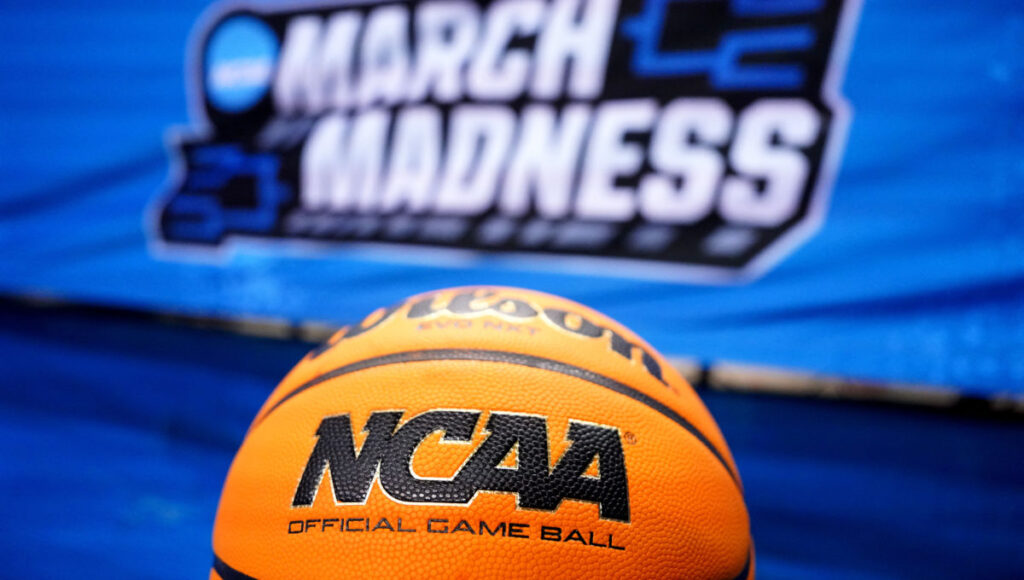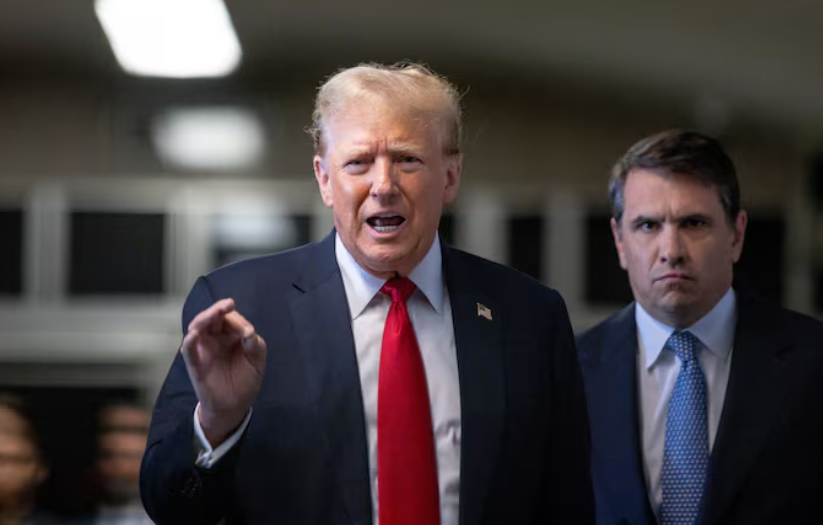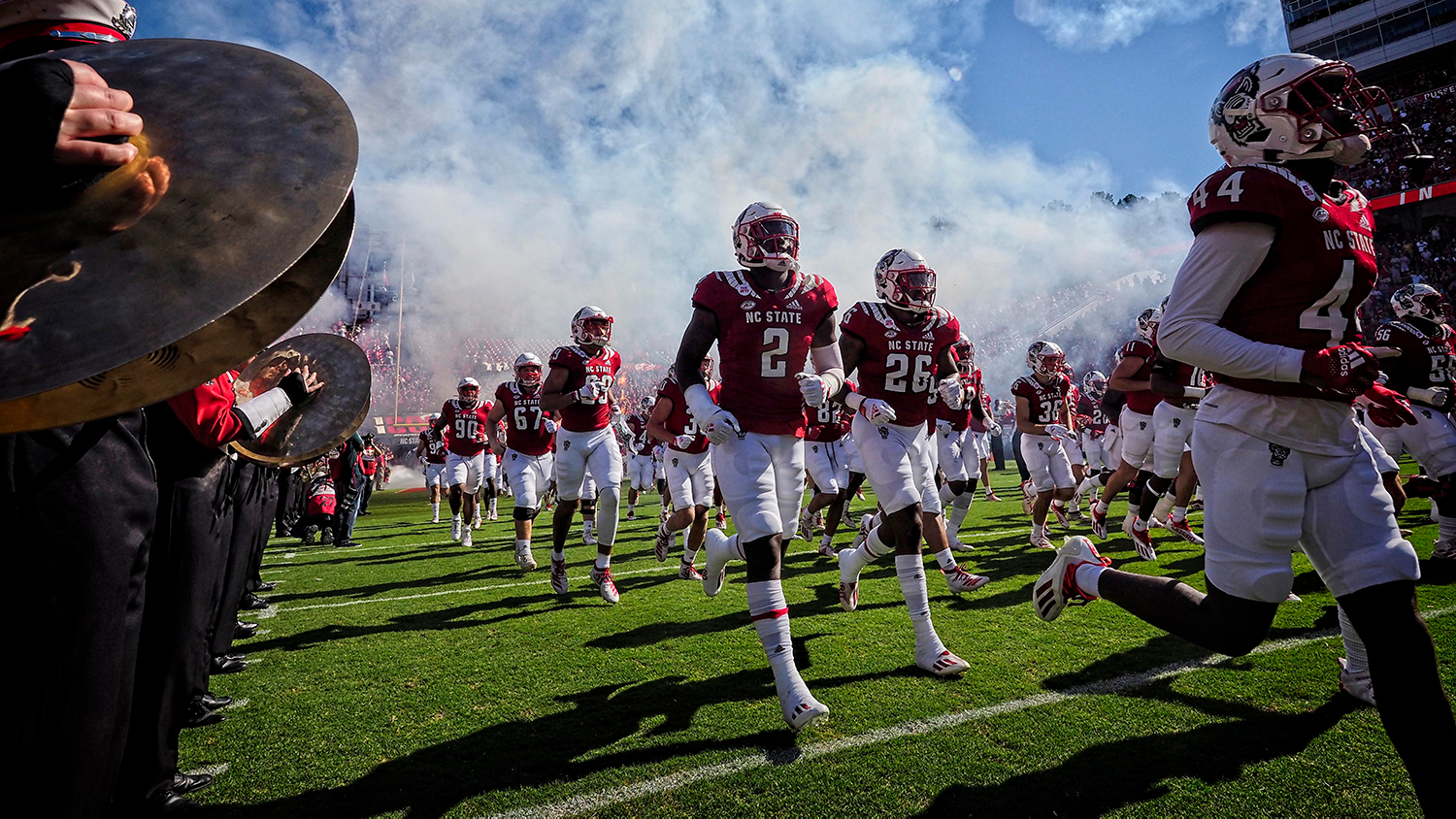President Donald J. Trump is reportedly poised to sign an executive order that would establish national standards for Name, Image, and Likeness (NIL) rights in college athletics.
The move could have sweeping implications for student-athlete compensation, state sovereignty, and NCAA governance.
The executive order, expected within days, comes on the heels of escalating national debate and a congressional push for uniform NIL regulation. At the heart of the issue is whether the federal government—and, in this case, the executive branch—should take the lead in standardizing NIL rules that have transformed collegiate sports into a billion-dollar marketplace.
Background: NIL and Legal Milestones

Since the NCAA relaxed its restrictions in July 2021 under pressure from courts and lawmakers, college athletes have been allowed to profit from their name, image, and likeness. This watershed shift followed legal victories like NCAA v. Alston (2021), in which the U.S. Supreme Court unanimously ruled that NCAA limits on education-related benefits violated antitrust laws under the Sherman Act (15 U.S.C. §§ 1–7).
More recently, the NCAA reached a legal settlement permitting schools to directly compensate athletes, further eroding the amateurism model that once defined college sports.
The Proposed Executive Order

Trump’s executive order would reportedly create a nationwide NIL framework, overriding the current patchwork of state laws. The move parallels legislation like the bipartisan yet controversial SCORE Act—a bill advanced this week by a House subcommittee.
Like the order, the SCORE Act would preempt state NIL laws and centralize enforcement, likely under a federal agency or the NCAA itself.
Pros of a Federal NIL Executive Order
1. Uniformity Across States
A national standard would eliminate the current inconsistency in NIL rights, which vary widely from state to state. Athletes in states with more permissive laws, such as California and Texas, currently enjoy more financial flexibility than peers elsewhere—raising equal protection concerns under the Fourteenth Amendment. A uniform framework would level the playing field.
2. Regulatory Clarity
For universities, athletic departments, and corporate sponsors, a single set of rules offers much-needed clarity. This could reduce litigation risks under the Commerce Clause (Article I, Section 8, Clause 3), as businesses currently navigating conflicting state regulations would benefit from consistency.
3. Enhanced Legal Protections for Athletes
If structured carefully, federal standards could include contract safeguards, agent regulation, and transparency requirements that protect young athletes from exploitative deals—an issue many state laws fail to address comprehensively.
Cons and Legal Concerns
1. Potential Overreach by Executive Branch
Legal scholars warn that an executive order on NIL might stretch presidential authority, especially if it seeks to preempt state laws without congressional backing. Under the Tenth Amendment, powers not delegated to the federal government are reserved to the states, including the regulation of intrastate commerce and education policy.
2. NCAA Power Consolidation
Many critics argue that centralizing authority under the NCAA—long criticized for monopolistic practices—could undermine the very athletes the order claims to protect. While the Supreme Court in Alston called the NCAA’s compensation limits unlawful, giving it new federal enforcement power could backfire.
3. Chilling Effect on State Innovation
Federal preemption could halt progressive NIL experiments already underway in some states. States like California have passed legislation that goes beyond NIL rights to include revenue-sharing models. A federal standard might prevent these localized efforts from taking effect, raising federalism concerns.
Political and Legal Outlook
The executive order would be a politically bold move amid rising scrutiny of how collegiate athletes are treated in the multibillion-dollar sports economy. Yet its enforceability and long-term viability may hinge on judicial review and congressional willingness to codify NIL regulation.
Without a formal law passed by Congress, an executive order could be vulnerable to challenges under the Administrative Procedure Act (5 U.S.C. §§ 551–559) and broader separation-of-powers principles.
Still, the White House appears willing to take the lead as college sports enter a new era of commercialization. Whether the action benefits student-athletes or reins in their hard-fought gains remains to be seen.

